After 15 years building what was still an expanding network of educators at the time, the Consortium began the 21st Century launching of what would become its largest and longest-standing program for students—The Future Is Mine (TFIM).
Organized 22 years ago to help students explore careers and develop leadership skills, TFIM annually engaged up to 1,500 students from as many as 34 school districts.
With an educator in each district serving as advisor, teams of high school students took on projects that, in some cases, helped enhance career learning for entire schools. At Bethlehem-Center School District, for example, TFIM participants began a career fair that succeeding teams would host annually and expand for more than a decade.
By doing the projects, TFIM members not only had opportunities to explore careers, but they also developed skills that would prepare them for the workplace—like all the communications, collaboration, and organization that go into planning an event like Beth-Center’s career fair.
At least one TFIM project garnered national attention: Brownsville Area High School’s team earned a mention from the PBS career series of the same name when they created a mini-Road Trip Nation experience, boarding a school bus to interview people in local industries, including 84 Lumber founder Joe Hardy, who rolled out the red carpet for them at Nemacolin, his Laurel Highlands resort.
TFIM’s activities culminated annually with a Student Leadership Conference. The event brought students from all participating districts Downtown for worksite explorations that at least a dozen employers hosted each year; a visit to one of the region’s cultural venues; dinner and an overnight stay at the Pittsburgh Marriott City Center; and a morning of career-related workshops.
Feedback and occasional surveys showed that, for some students, the Conference could be life changing. For more than a few, the event offered a chance to meet a working professional whose career experience helped guide their own. Many said it was their first opportunity to interact with peers whose backgrounds and communities were so different than their own. And for some, it even represented the first time they’d set foot in Downtown Pittsburgh.






